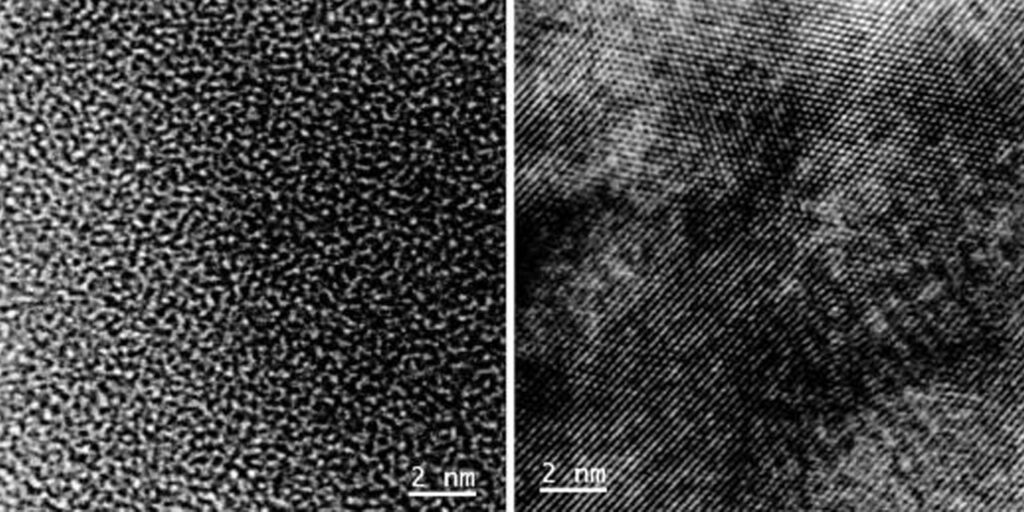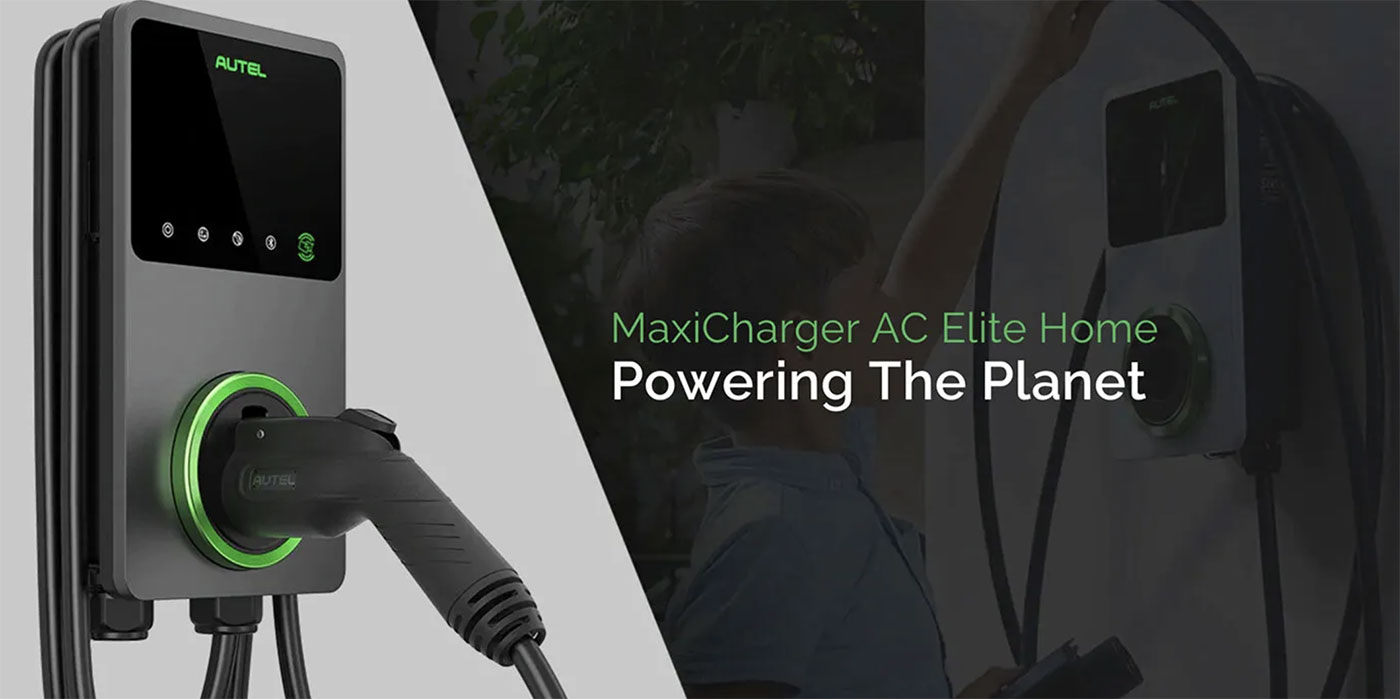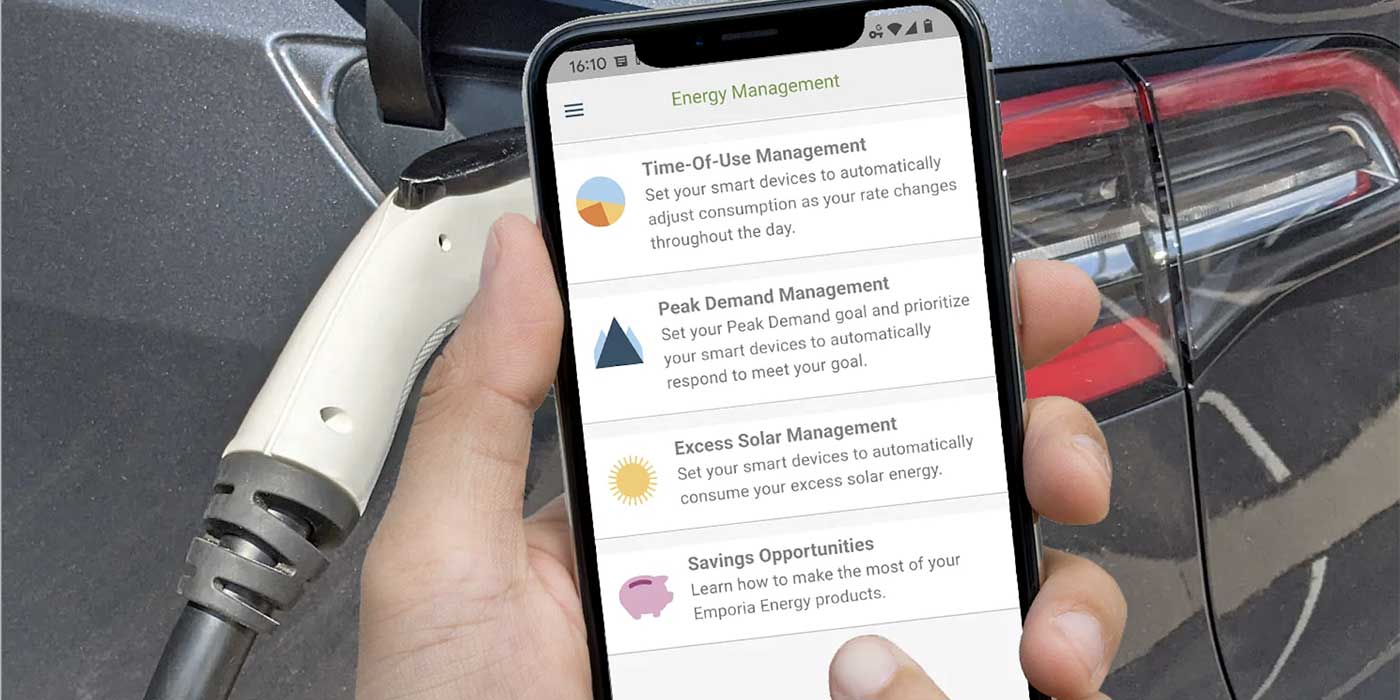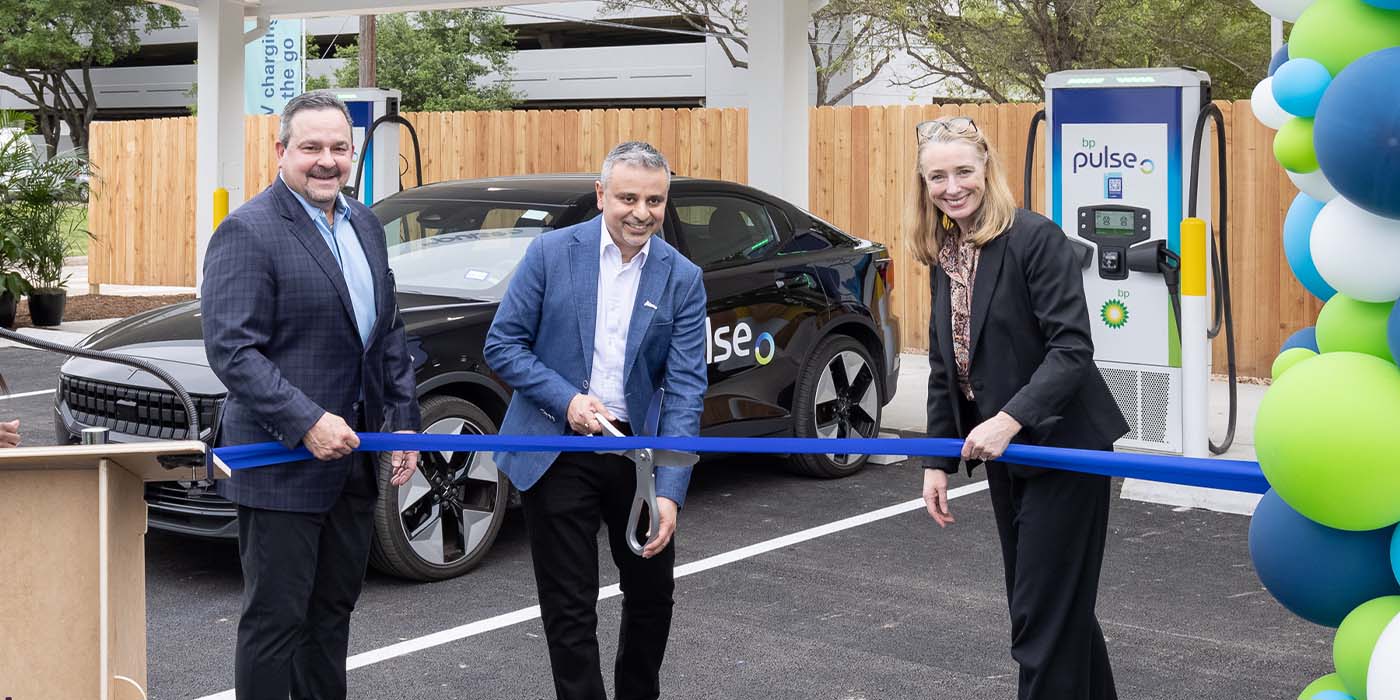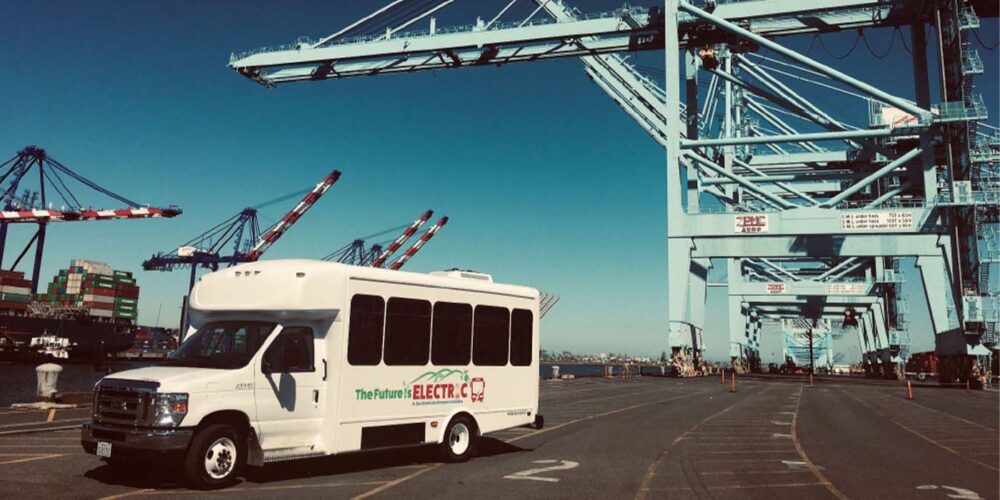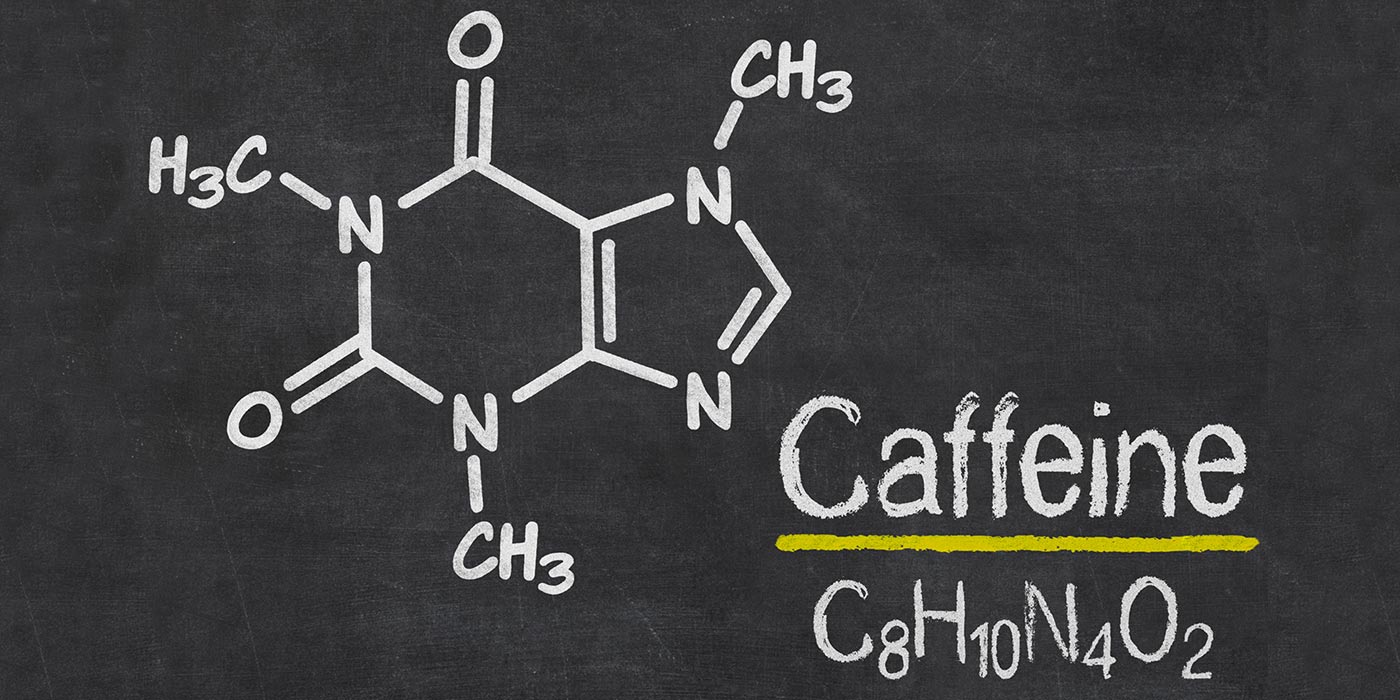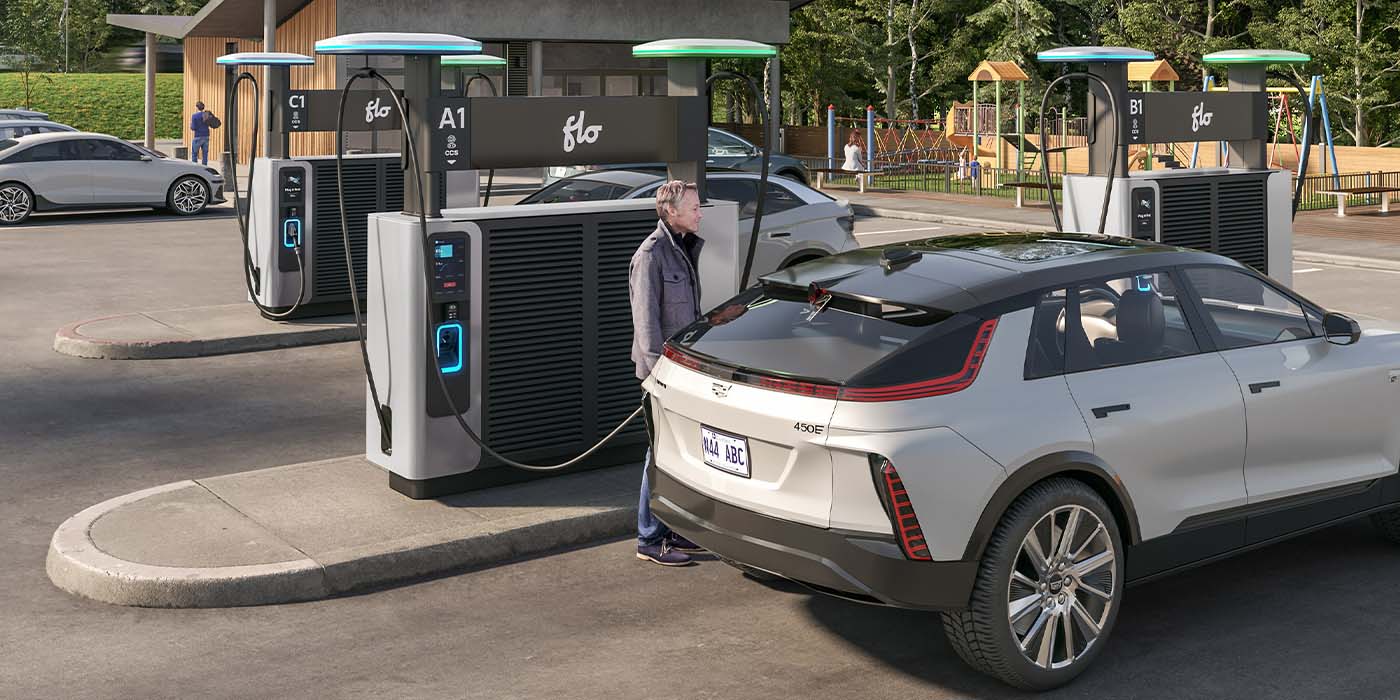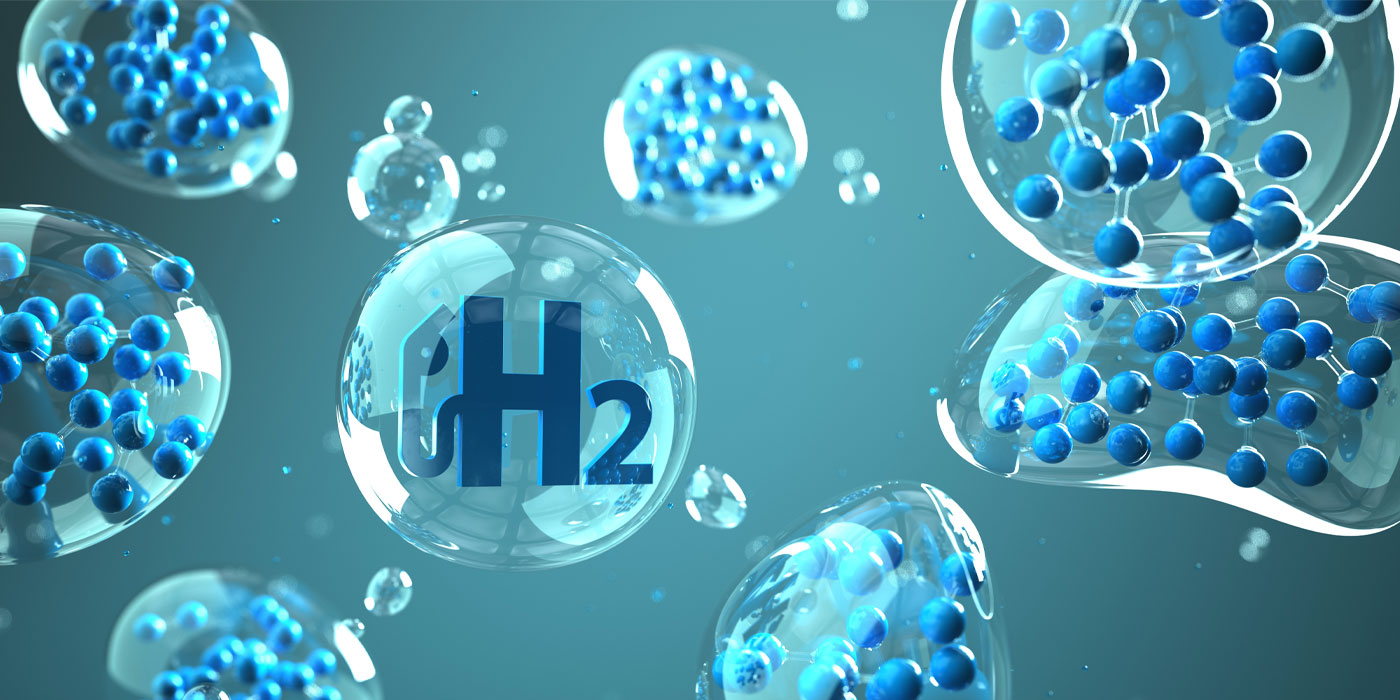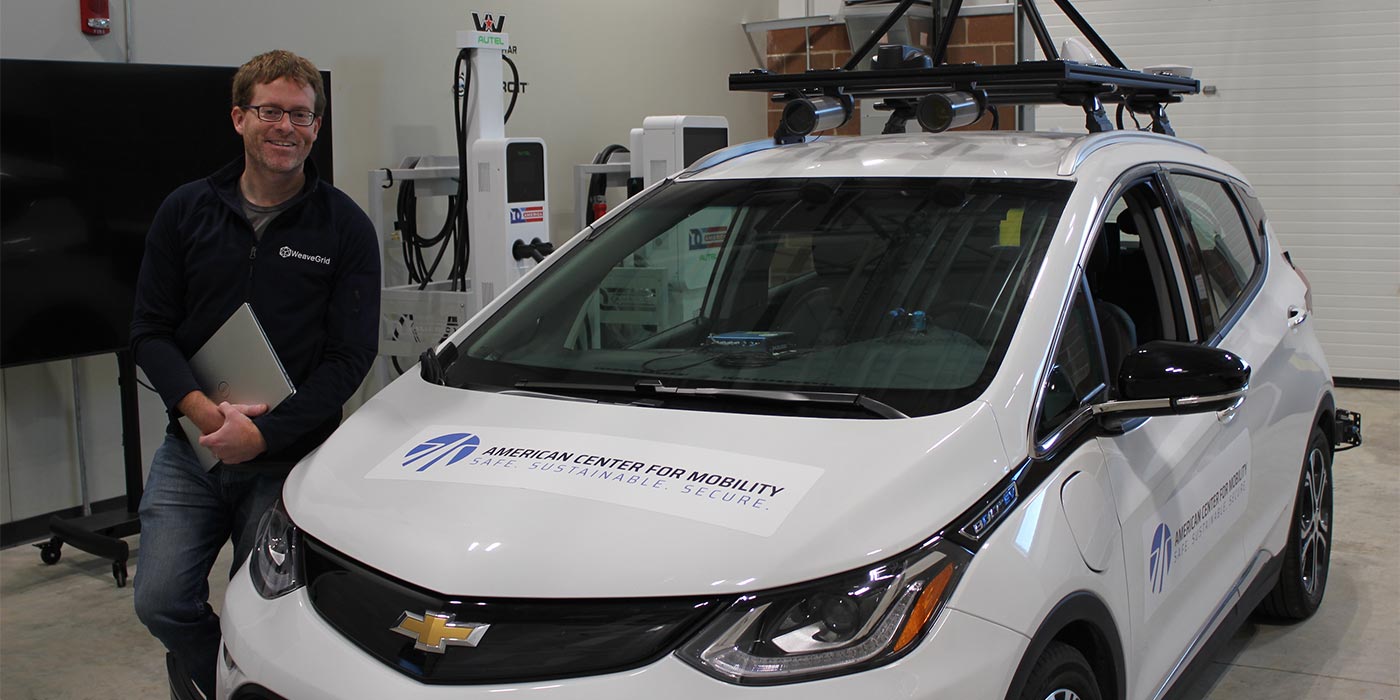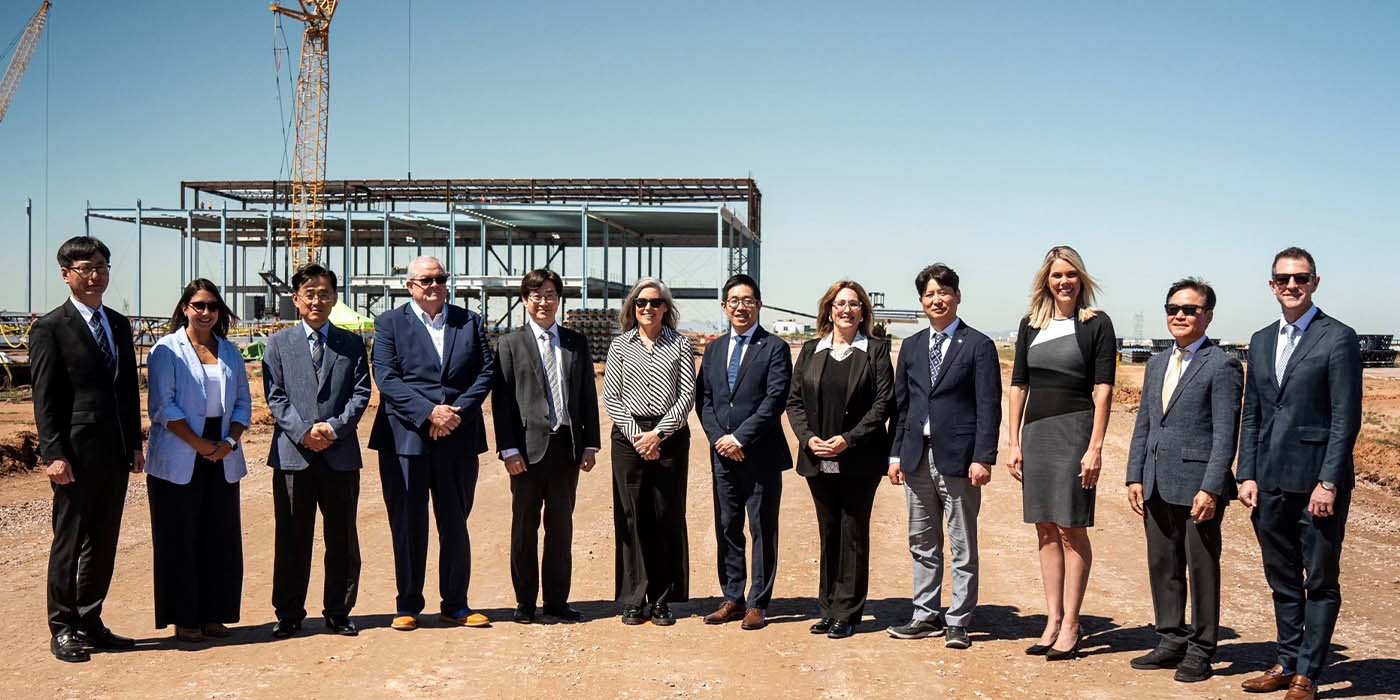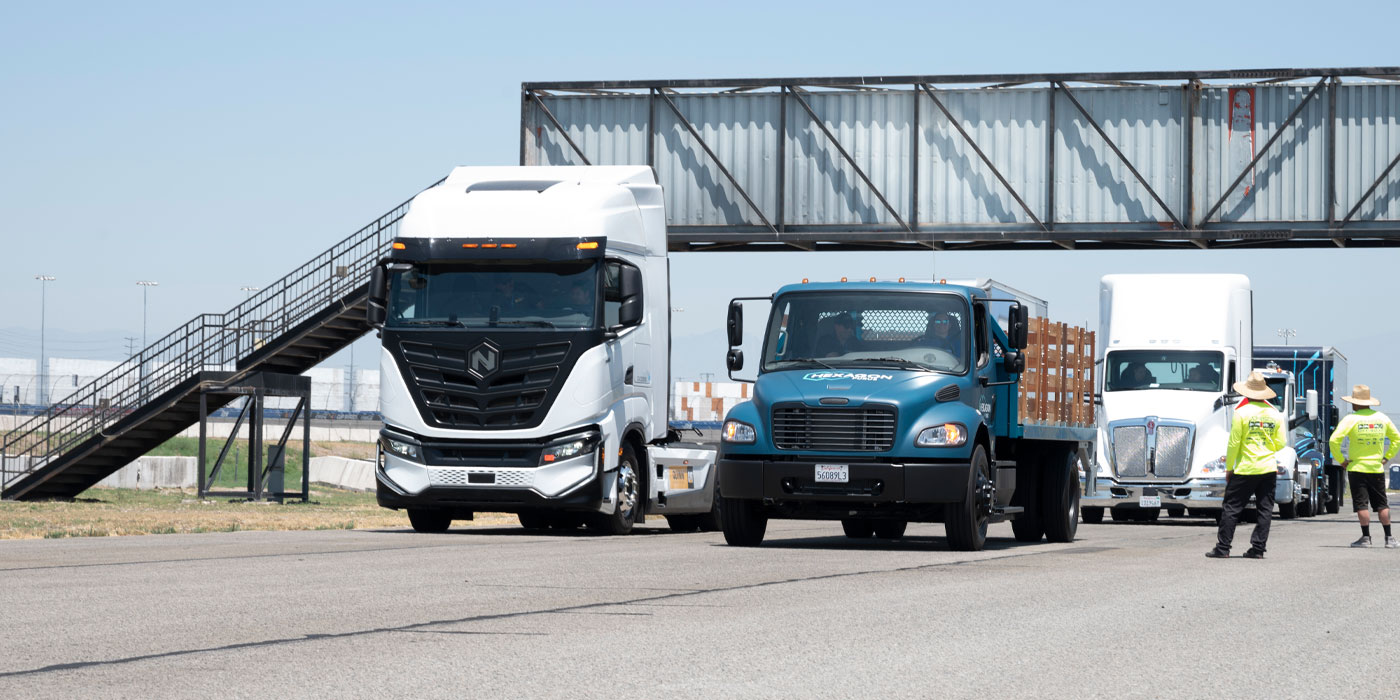Over the last decade, advances in research and development have led to more efficient lithium-ion batteries. Yet, significant shortcomings remain. One challenge is the need for faster charging, which can help speed the adoption of electric vehicles.
A research team led by Boise State University and the University of California San Diego has used resources of the U.S. Department of Energy’s (DOE) Argonne National Laboratory to create a high-performance material for battery electrodes. The compound, niobium pentoxide, has a novel crystalline structure that scientists say shows promise for speeding up charging while providing excellent storage capacity.
During charging, lithium ions move from the positive electrode (cathode) to the negative electrode (anode), commonly made of graphite. At higher charging speeds, lithium metal tends to accumulate on the graphite’s surface. This effect, known as plating, tends to degrade performance and can cause batteries to short circuit, overheat and catch on fire.
Niobium pentoxide is much less susceptible to plating, researchers say, potentially making it safer and more durable than graphite. In addition, its atoms can arrange in many different stable configurations that don’t require much energy to reconfigure. This presents opportunities for researchers to discover new structures that could enhance battery performance.
For this study, the researchers built a coin cell with niobium pentoxide as the electrode material. (A coin cell, also known as a button cell, is a small, circular-shaped battery device.) The niobium pentoxide had an amorphous structure — in other words, a disordered arrangement of atoms. When the cell was charged and discharged numerous times, the disordered structure transformed into an ordered, crystalline one.
Compared to the disordered arrangement, the crystalline structure enabled easier, faster transport of lithium ions into the anode during charging, researchers say. This points to the material’s promise for fast charging, and other measurements suggest that it can store a large amount of charge.
It is very difficult to make high-performance, crystalline niobium pentoxide with traditional synthesis methods, such as those that subject materials to heat and pressure. The unconventional synthesis approach used successfully in this study — charging and discharging a battery cell — could be applied to make other innovative battery materials. It could potentially even support the fabrication of novel materials in other fields, such as semiconductors and catalysts, the researchers say.
The study was published in Nature Materials in May 2022.

